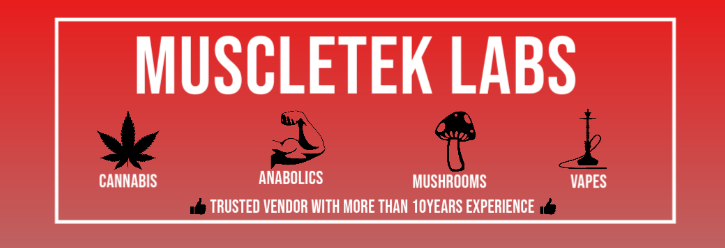‘Harm reduction’ for drug use is here, but where do we draw the line?
The United States finds itself in the midst of an ongoing drug crisis that seems to grow worse every year. The oft-cited figures are as staggering as they are tragic. An estimated 100,000 Americans lost their lives to drug overdoses in the 12-month period ending in April 2021, a record that is likely to be surpassed again in the next year. Most of those preventable deaths — over 70 percent — involved a synthetic opioid, especially fentanyl — which has saturated the U.S. drug market and is over fifty times stronger than heroin.

Early this month, Dr. Rahul Gupta, the director of the Office of National Drug Control Policy (ONDCP) — colloquially known as the “drug czar” — provided strong support for a category of drug policy strategies known as harm reduction. In a wide-ranging interview, Gupta highlighted the need to treat drug addiction as a disease and embrace harm reduction measures such as increased access to fentanyl testing strips, syringe exchanges and the overdose-reversing drug naloxone. Gupta also announced the White House would allocate $30 million in federal grants to fund these programs.
What Gupta did not endorse — at least not explicitly — was the establishment of “safe” consumption sites, that is, places where people can use illegal drugs under medical supervision. However, when asked about the opening of two safe consumption sites in New York last month, Gupta demurred, saying “we want to make sure that every possible door is open to help people.” ADVERTISEMENT
Critics of harm reduction policies suggest they encourage illegal drug use, but there is scant evidence to suggest that is the case. Studies have shown that people who use syringe exchanges are more likely to enter drug treatment and stop using drugs than those who don’t use the programs. And people who use fentanyl test strips are more likely to use smaller amounts of drugs and more slowly.
The federal government has long-urged Americans to take precautions when engaging in risky behavior. That is why we have seatbelts, daytime running lights and windshield wipers in our cars — after all, for most of us, driving is the most dangerous thing we do. The government requires these things because they help keep us safe, but — critically — it doesn’t sponsor racetracks for us to drive recklessly.
In his interview, Gupta claimed drug addiction is “no different than many other chronic diseases…like diabetes and hypertension.” He’s right, drug addiction is a disease, but — critically — we don’t treat diabetes and hypertension by providing sites for people to safely ingest sugar and salt.
While consumption sites could provide another avenue for drug users to obtain treatment and recovery support services, there is a significant moral hazard to this approach. The fact is, illicit drugs like heroin, methamphetamine and fentanyl are incredibly destructive, and the impact of their abuse reverberates well beyond the individual drug user. As the drug crisis worsens, we must be willing to consider alternative approaches, including some evidence-based harm reduction measures.
The Biden administration is right to promote these steps to mitigate the worst outcomes of drug use while simultaneously ramping up prevention, treatment and enforcement efforts. But our measure for success cannot only be to reduce the number of overdose deaths. In our haste to get the drug crisis under control, we must not give up on those caught in the grip of addiction by enabling them to use drugs “safely” rather than getting clean. ADVERTISEMENT
Drug use has devastated communities in every corner of America. The primary goal of U.S. drug policy must be to minimize drug use, ideally by stopping drug addiction before it starts through robust outreach and prevention programs. For those already suffering from substance use disorder, we should adopt some harm reduction measures but we must draw the line at institutionalizing drug use through consumption sites.
We must offer users the hope and means to overcome their disease, not just a “safe” place to do drugs.




















